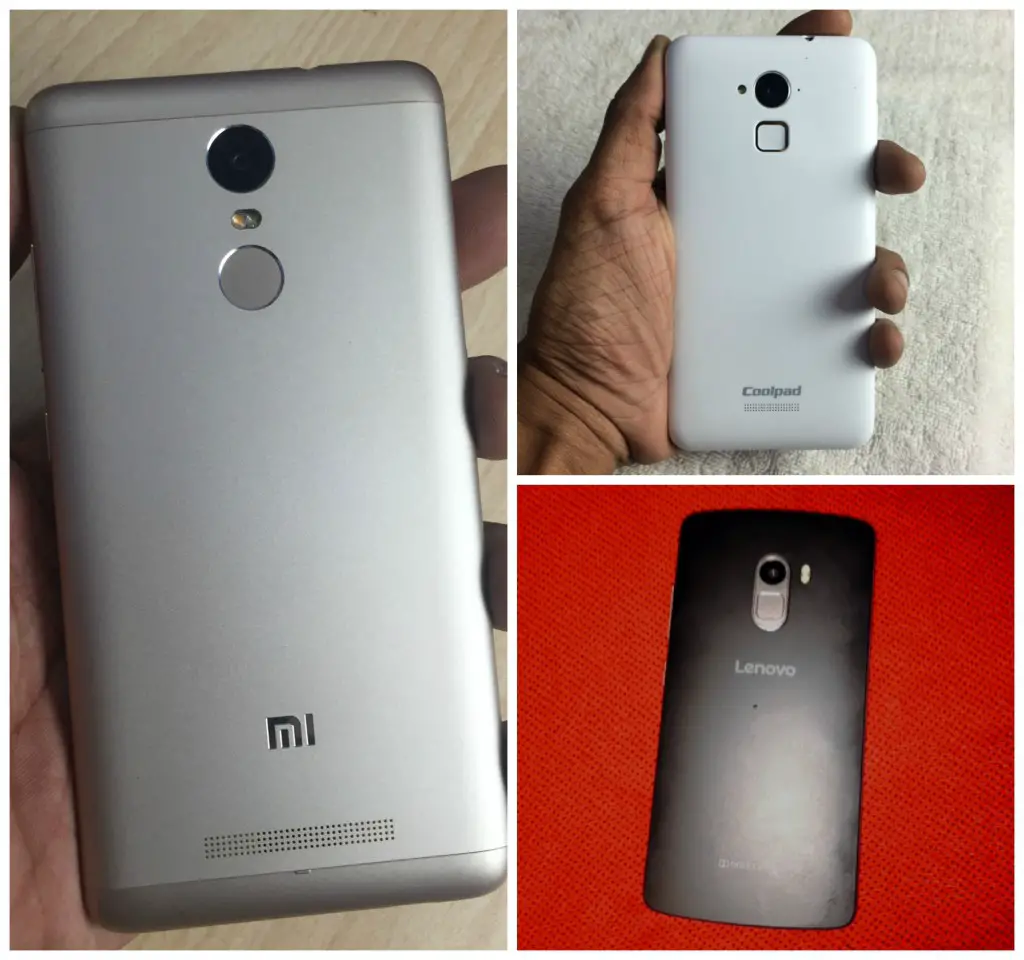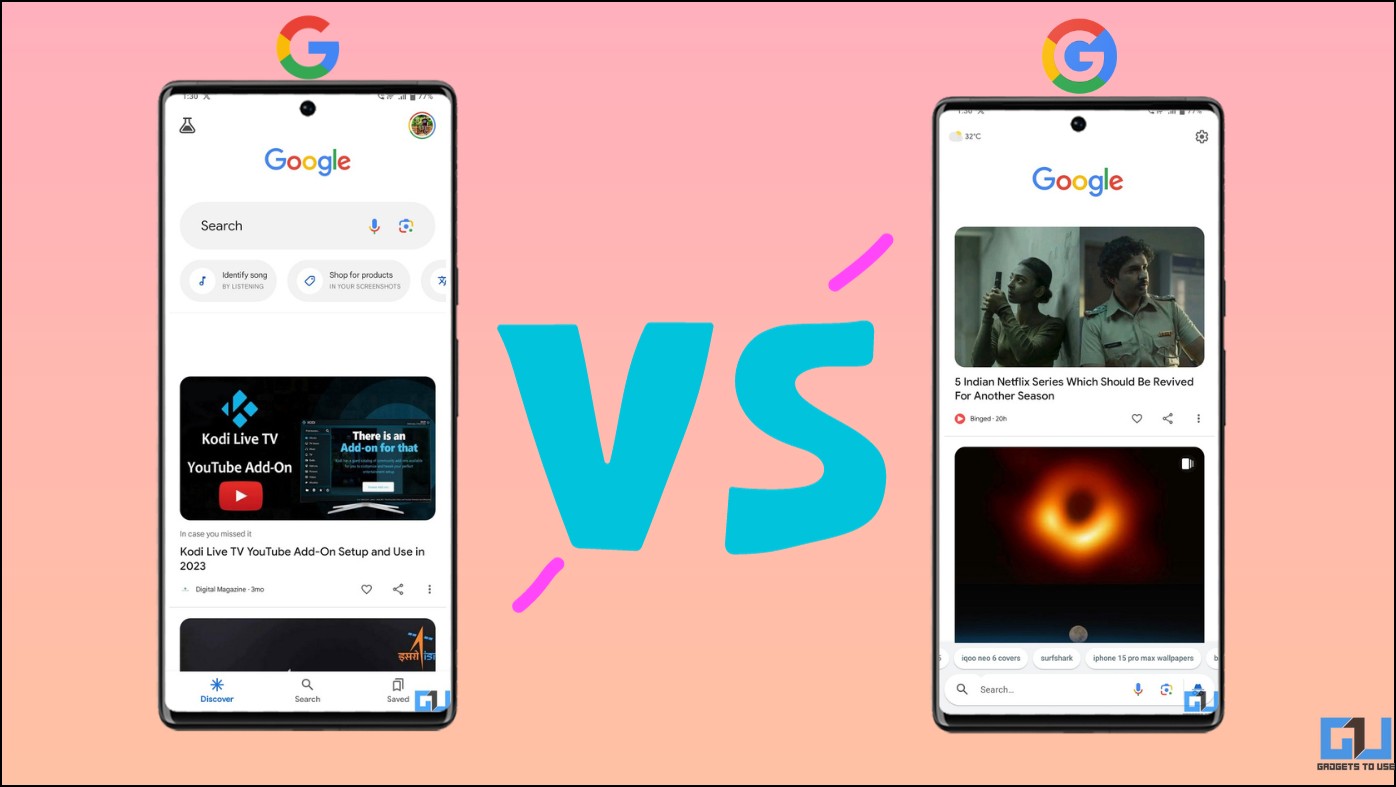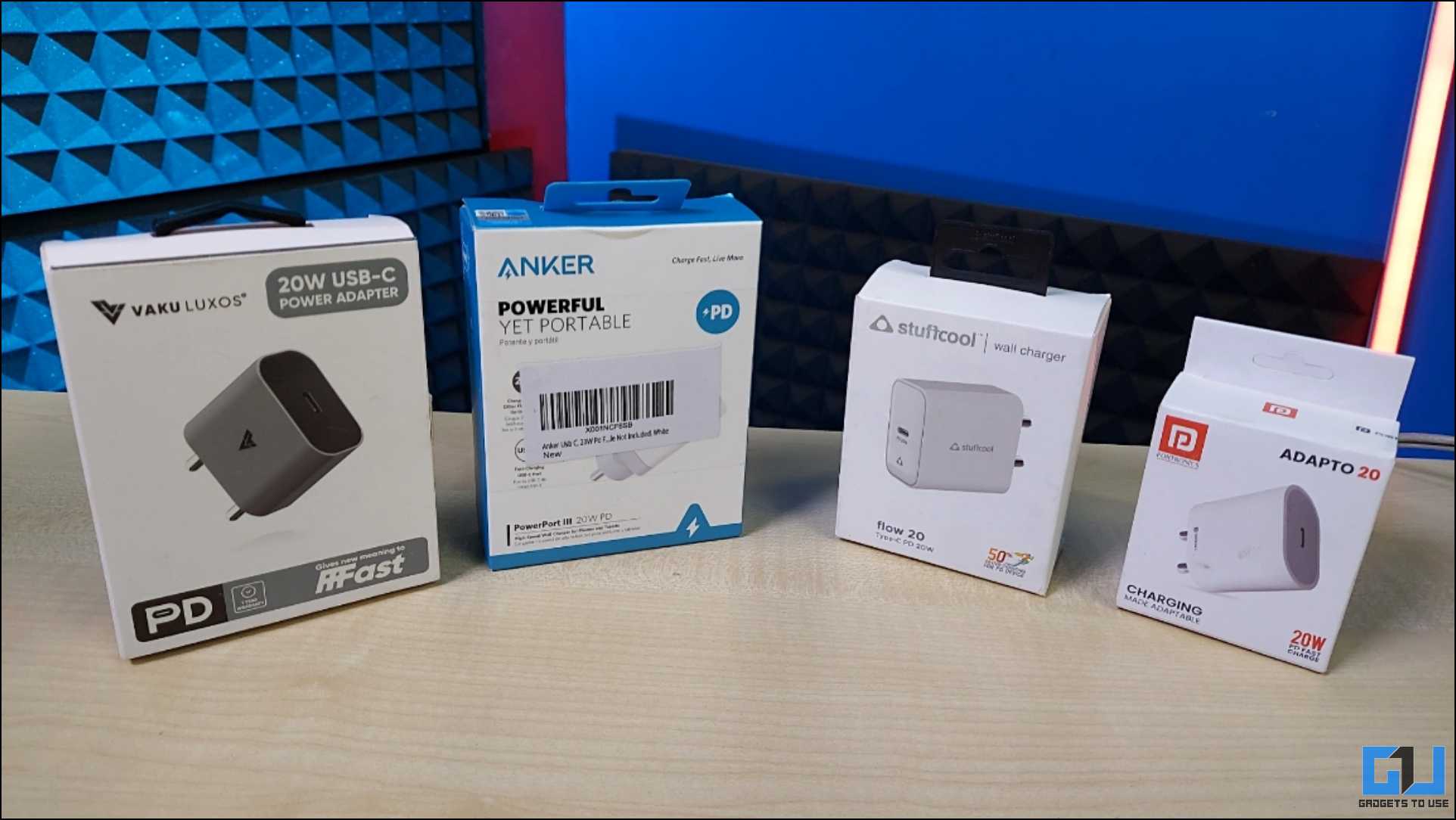We saw some great smartphones in the lower-mid range last year, and the competition has heated up with some amazing smartphones like Le 1S, Honor 5X launched in the beginning of this year. There are a lot of options to choose between the 8k-15k segment but some phones mean real value for money. To take away some confusion from your minds, we decided to compare 3 amazing smartphones and help the buyers.

Coolpad Note 3 was launched almost 5 months back at INR 8k but it received great response from the Indian consumer despite being the first phone from the company. Lenovo K4 Note is the successor of the K3 Note from Lenovo, and it comes with some great features to tempt at just INR 11,999. The third phone is the recently launched Redmi Note 3, which is getting great attention soon after its launch.
Redmi Note 3 vs Lenovo K4 Note vs Coolpad Note 3 Specifications
[table id=425 /]
Must See: Redmi Note 3 vs Honor 5X Comparison Review
Redmi Note 3 VS Le 1S VS Honor 5X VS K4 Note Vs Coolpad Note 3 Comparison Review [Video]
Redmi Note 3 Pros
- Larger Battery
- Decent Camera
- microSD card expansion
- Fingerprint sensor
Redmi Note 3 Cons
- It does not feature a dedicated microSD card slot
Lenovo K4 Note Pros
- Good Display
- Fingerprint sensor
- Great audio quality
Lenovo K4 Note Cons
- Average camera
Coolpad Note 3 Pros
- microSD card expansion
- Value for money
- Fingerprint Sensor
- Solid Build
Coolpad Note 3 Cons
- Slight heating when playing games
- Unfinished UI
Display & Processor
The display size of all these three smartphones is 5.5 inches. K4 Note features full HD IPS display with 178-degree wide view, 450 Nits of brightness and 401 ppi pixel density. Coolpad lacks behind in this segment too, it has HD IPS display with a pixel density of 267 ppi. Redmi Note 3 also has an amazing Full HD IPS display, whereas the Coolpad Note 3 has a HD display. I liked the display more on the K4 note, although there was no noticeable difference between the two full HD panels.
The processor on Lenovo K4 note and Coolpad Note 3 is same and both have 3 GB of RAM. Under the hood, both have 64-bit 1.3 GHz Octa-Core MediaTek 6753 processor. The only difference in this department is the GPU which is Mali T720-MP3 in K4 Note while the Coolpad comes with the earlier version of the same GPU- Mali T720-MP2.
Leading with far more power, the Redmi Note 3 comes with the latest Snapdragon 650 hexa-core processor clocked at 1.8 GHz. It has the best performance for multitasking and gaming among the three smartphones.
User Interface & Operating System
All three smartphones run on the same version of Android Lollipop. The only difference is the distinct custom skin used by each manufacturer. The Redmi Note 3 comes with Xiaomi’s very own MIUI 7, the Lenovo K4 Note comes with the Vibe UI and the Coolpad Note 3 comes with Cool UI 6.0.
I am not a fan of any of these UIs personally but if you ask me which one is better for first time users and long term users then I would rate the MiUi 7 slightly above the Vibe UI as it offers a lot more customization options than the Vibe UI, and the Cool UI looks very pre mature compared to both of them.
Camera & Storage
Both the Lenovo K4 Note and Coolpad Note 3 include 13 MP rear cameras and 5 MP front shooters but the camera on the Redmi Note 3 is a 16 MP. Comparing the rear camera of the three devices, K4 Note feels better with PDAF F/2.2 aperture and ISOCELL sensor and improved software. K4 Note also has a dual-tone LED for better images in dark where the Coolpad Note 3 has single LED flash and f/2.0 aperture with 5 P lens. But on top of these two stands the Redmi Note 3 with great outdoor picture quality and crisp images.
Coming to the storage on the devices, the Redmi Note 3 comes with either 16GB or 32GB of storage, whereas the K4 Note and Coolpad Note 3 comes in just 16 GB variant. The Redmi Note 3 and Lenovo K4 Note feature a hybrid microSD slot with card expansion capability up to 128 GB whereas Coolpad Note 3 has a separate slot for microSD expansion up to 64 GB.
Battery
The battery on the Redmi Note 3 has a humongous 4050mAh battery, whereas the K4 Note has a 3300 mAh battery and Coolpad Note 3 features a 3000mAh battery. After calculating the backup of all the three smartphones, we found that the Redmi Note 3 lasts longest, then the K4 Note in the second place and the Coolpad Note 3 at the last. K4 Note has a good battery backup in spite of having a full HD panel.
Recommended: Redmi Note 3 India Edition vs LeEco Le 1S Comparison Review
Fingerprint Sensor
All three smartphones feature a fingerprint sensor on the back. As far as the response and accuracy are concerned, all of them perform equally well but the fingerprint sensor on the Coolpad Note 3 offers a lot of smart gestures which can be used using the fingerprint sensor.
Pricing & Availability
The Redmi Note 3 is priced at INR 9,999 for 16/2 GB and INR 11,999 for the 32/3 GB variant, the K4 Note is priced at INR 11,999 and the Coolpad Note 3 is priced at INR 8,999, which is the most affordable among the three.
Lenovo K4 Note can be purchased online at Amazon.in, the Redmi Note 3 is available via a flash sale and you can buy Coolpad Note 3 at Amazon.in.
Conclusion
All the three devices are great for their price, they come loaded with interesting features that are unique in their own. The Redmi Note 3 has a metal body, great performance, big battery whereas the K4 Note comes with VR support amazing display and a good camera. Coolpad has been a hot favorite of the consumers for a long time and has a bunch of amazing features for the price.
But as far as the quality is concerned, Redmi Note 3 and Lenovo K4 Note offer a better overall quality, but Redmi leads the way with its heart-charming and smooth performance. In the end, it all depends on the budget and priorities of the buyer; otherwise we have no complaints with any of the devices.


